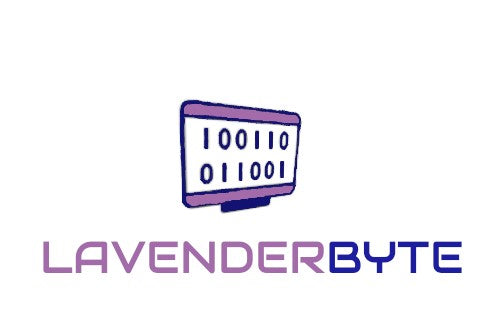Core Concepts
Hardware:
- The physical parts of a computer that you can touch.
-
Examples:
- CPU (Central Processing Unit): The brain of the computer that processes instructions.
- RAM (Random Access Memory): Temporary storage that helps the computer run multiple tasks smoothly.
- Hard Drive/SSD (Solid State Drive): Long-term storage for files and applications.
- Keyboard and Mouse: Input devices that help you interact with the computer.
- Monitor: An output device that displays what the computer is doing.
Software:
- The programs and operating systems that run on the hardware and tell it what to do.
-
Examples:
- Operating Systems: Software that manages hardware and software resources (e.g., Windows, macOS, Linux).
- Applications: Programs designed for specific tasks (e.g., Microsoft Word for writing, Chrome for browsing the internet, games like Minecraft).
Binary and Data Representation
Binary Code:
- The language computers use, made up of only 0s and 1s.
- Why Binary? Computers use binary because it’s a simple and reliable way to represent data electronically.
Data Representation:
- Numbers: Represented in binary using bits (e.g., the number 5 in binary is 101).
- Text: Each character is represented by a binary code (e.g., the letter 'A' is 01000001 in ASCII).
- Images: Pictures are broken down into tiny dots (pixels), each with a binary value representing its colour.
- Sound: Audio files are represented as a series of binary numbers that describe the sound waves.
Algorithms
- A set of step-by-step instructions to solve a problem or perform a task.
- Why are they important? They help break down complex problems into manageable steps that a computer can follow.
Basic Principles:
- Sequencing: Doing steps in a specific order.
- Selection: Making decisions (e.g., if-else statements).
- Iteration: Repeating steps (e.g., loops).
Examples:
-
Simple Algorithm: Making a sandwich:
- Take two slices of bread.
- Spread peanut butter on one slice.
- Spread jelly on the other slice.
- Put the slices together.
-
Programming Example: A program to find the largest number in a list:
- Start with the first number as the largest.
- Compare each number in the list to the largest.
- If a number is larger, it becomes the largest.
- Continue until all numbers are checked.
Programming
Programming Languages:
-
Python:
- A popular, easy-to-learn language known for its readability and versatility.
-
Basic Syntax:
print("Hello, World!") - Uses: Web development, data analysis, automation and more.
-
Scratch:
- A visual programming language for beginners that uses blocks to create code.
-
Basic Concepts:
- Sprites: Characters or objects in Scratch.
- Scripts: Sequences of blocks that tell the sprites what to do.
-
Example: Making a sprite move 10 steps forward:
- Drag and snap together blocks to create the sequence.
Why Learn Programming?
- Problem-Solving Skills: Coding teaches you to think logically and solve problems.
- Creativity: Allows you to create games, stories, and animations.
- Career Opportunities: Many future job opportunities require programming skills.
